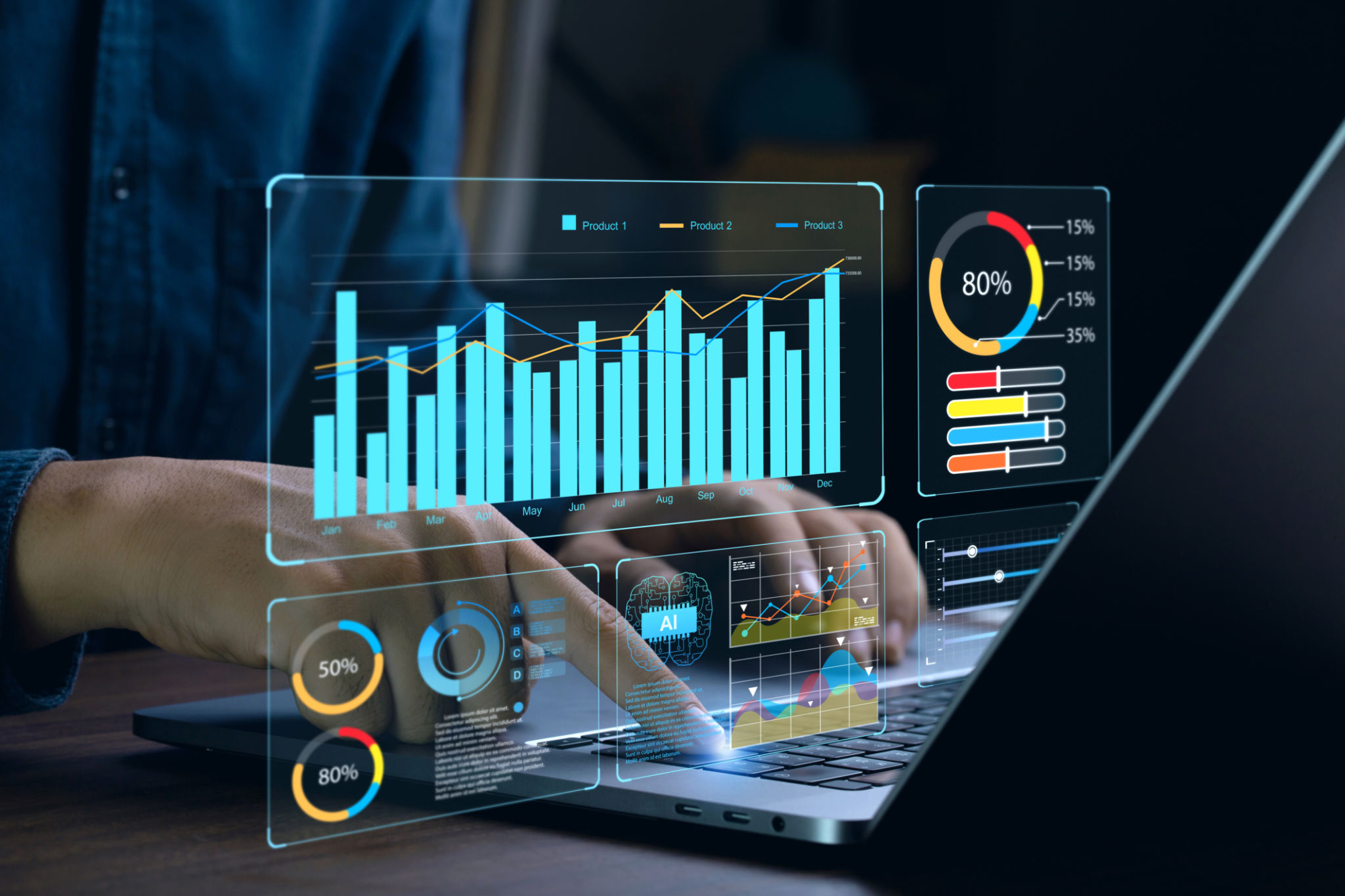Debunking Common Myths About AI in Cybersecurity
Understanding the Role of AI in Cybersecurity
Artificial intelligence (AI) is rapidly becoming a cornerstone in the field of cybersecurity. However, the rise of AI comes with a slew of myths and misconceptions that can hinder its adoption and effective use. In this blog post, we aim to debunk some of the most common myths surrounding AI in cybersecurity, helping you better understand its capabilities and limitations.

Myth 1: AI Can Solve All Cybersecurity Problems
One prevalent myth is that AI is a one-size-fits-all solution for all cybersecurity issues. While AI can significantly enhance security measures, it is not a panacea. AI tools are designed to complement existing security protocols by identifying patterns and detecting anomalies. However, they still require human oversight and intervention to address complex threats effectively.
It’s important to understand that AI operates best when used in conjunction with traditional security measures. Human expertise is crucial for interpreting AI-generated insights and making informed decisions about necessary actions. Thus, AI is an augmentation tool, not a replacement for human intelligence.
Myth 2: AI Replaces Human Security Professionals
Another common misconception is that AI will replace human security professionals. In reality, AI is more about augmentation than replacement. Cybersecurity professionals play an essential role in configuring AI systems, analyzing data, and making strategic decisions based on AI output.

AI can automate routine tasks, allowing human professionals to focus on more complex issues that require critical thinking and expertise. This collaboration between human intelligence and AI results in a more robust and efficient security framework.
Myth 3: AI Is Always 100% Accurate
AI's accuracy is another area where misconceptions abound. Many people believe that AI systems are infallible. However, like any technology, AI can make mistakes. False positives and negatives are common occurrences that need human oversight to rectify.
The accuracy of an AI system largely depends on the quality and quantity of the data it has been trained on. Continuous monitoring and updating of AI models are necessary to maintain their effectiveness over time.

Myth 4: AI Invades Privacy
Concerns around privacy invasion are also frequently cited as a drawback of AI in cybersecurity. While it’s true that AI systems process vast amounts of data, responsible implementation involves strict adherence to privacy laws and regulations.
Organizations can leverage privacy-enhancing technologies and ensure transparency to build trust with users. Data should be anonymized and encrypted, minimizing privacy risks while still benefiting from AI's analytical capabilities.
The Future of AI in Cybersecurity
The future of AI in cybersecurity is promising, with advancements in machine learning and deep learning poised to tackle increasingly sophisticated cyber threats. However, the key to unlocking AI's full potential lies in dispelling myths and understanding its true capabilities.
As we continue to integrate AI into cybersecurity frameworks, it’s essential for businesses to remain informed and adaptable, embracing both the technology and the human expertise required to navigate the evolving landscape of cyber threats.
